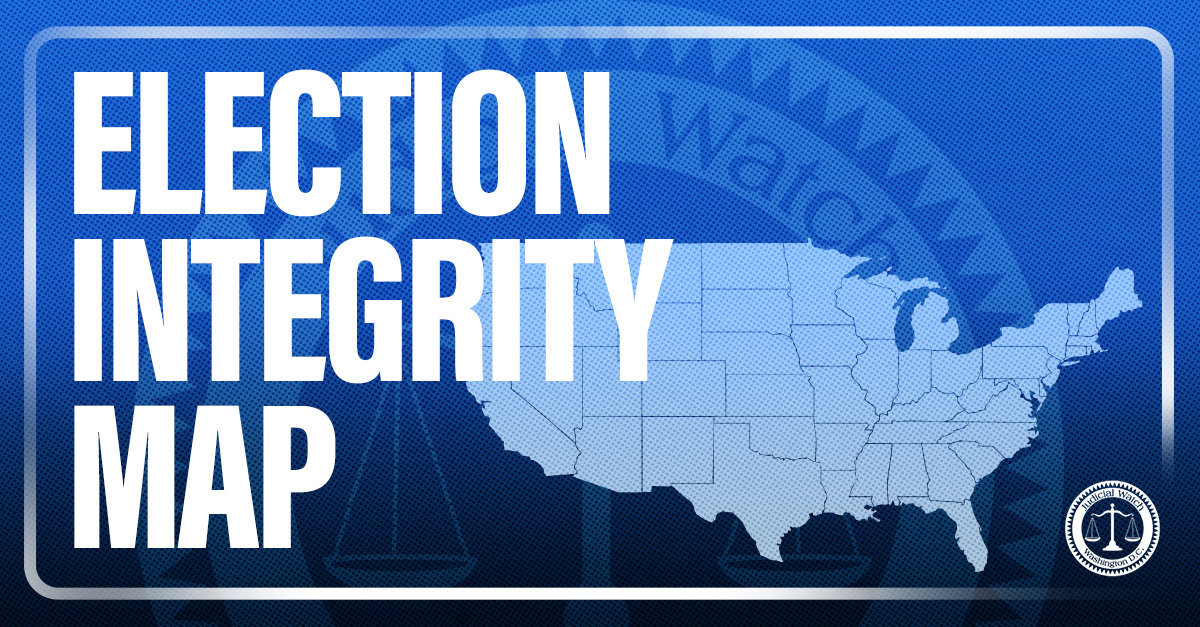
U.S. Invests $558,942 to Apply Critical Race Theory in “Opioid Use Disorder” Treatment

The Biden administration is giving researchers at a public university more than half a million dollars to help them apply controversial critical race theory in the treatment of “opioid use disorder,” which the U.S. government says disproportionately impacts minorities. The study will be guided by a “public health critical race praxis” that assumes racial/ethnic disparities in healthcare access are produced by structural racism and discrimination (SRD). A University of Washington (UW) health professor identified as an addictions health services and disparities researcher, will lead the project which, among other things seeks to evaluate how disparities in access to medications for opioid use disorder (MOUD) may have changed in response to COVID-19.
MOUD is an effective approach to the treatment of opioid addiction with medications approved by the Food and Drug Administration (FDA). First-line treatments that reduce overdose risk include methadone and buprenorphine, but black and “Hispanic/Latinx” patients are less likely to receive buprenorphine compared to non-Hispanic white patients, the National Institutes of Health (NIH) writes in its grant announcement. “This raises equity concerns, as buprenorphine may be safer, easier to access and less stigmatizing than methadone for many patients,” the document states. Unequal access to buprenorphine is a significant problem nationwide, the agency claims, adding that unspecified “studies” estimate that black opioid abusers are 50-60% less likely to access the treatment compared to white patients with similar disparities observed among Hispanic/Latinx patients.
The taxpayer-funded study will use data from the nation’s largest provider of substance use care as well as quantitative and qualitative methods to examine the impact on racialized disparities for black, Hispanic and Latinx patients to inform future policy and create interventions that can improve equitable care for opioid addiction. Researchers will examine how changes in receipt of MOUD and retention following COVID-19 MOUD policies differ between black and Hispanic/Latinx compared to non-Hispanic white patients with opioid use disorder. They will also consider how “community-level sequelae of structural racism” influence pre and post COVID-19 changes in treatment for the minority opioid abusers and the academics will probe addicts’ experiences while receiving care and perceptions of implementation of policies related to COVID-19 among blacks, Hispanics and Latinx opioid abusers. It is essential that the impact of disparities and mechanisms underlying disparities be understood to optimize policy changes regarding equity, the NIH writes in the grant document.
In a press release explaining that critical race theory is at the center of its study on unequal access to treatment for opioid overdoses, UW writes that the government also plays a direct role in the discrimination. As an example, the university writes that President Richard Nixon’s 1971 war on drugs differently impacted minoritized communities, including in ways that serve as barriers to adequate substance use treatment. “One of the key variables we are looking at is differential police presence in communities as one of the things that might modify community members’ ability to access buprenorphine versus methadone,” one of the UW researchers says in the press release. “The more that any specific behavior is criminalized, the more that we expect that people will go through the court system and a treatment pathway that involves a lot of monitoring, as methadone does. Then of course that treatment itself becomes more disruptive of the person’s life, which then has impacts for family, as well as economic and occupational opportunities.” The UW health professor leading the study, Emily Williams, says the situation provides an excellent opportunity to begin applying critical race theory. “A lot of research focuses on what is happening for minoritized groups relative to white people and then figuring out those mechanisms,” she said. “But when we center the margins, we’re caring specifically about what’s happening to these minoritized groups that are not getting what they need.”

















